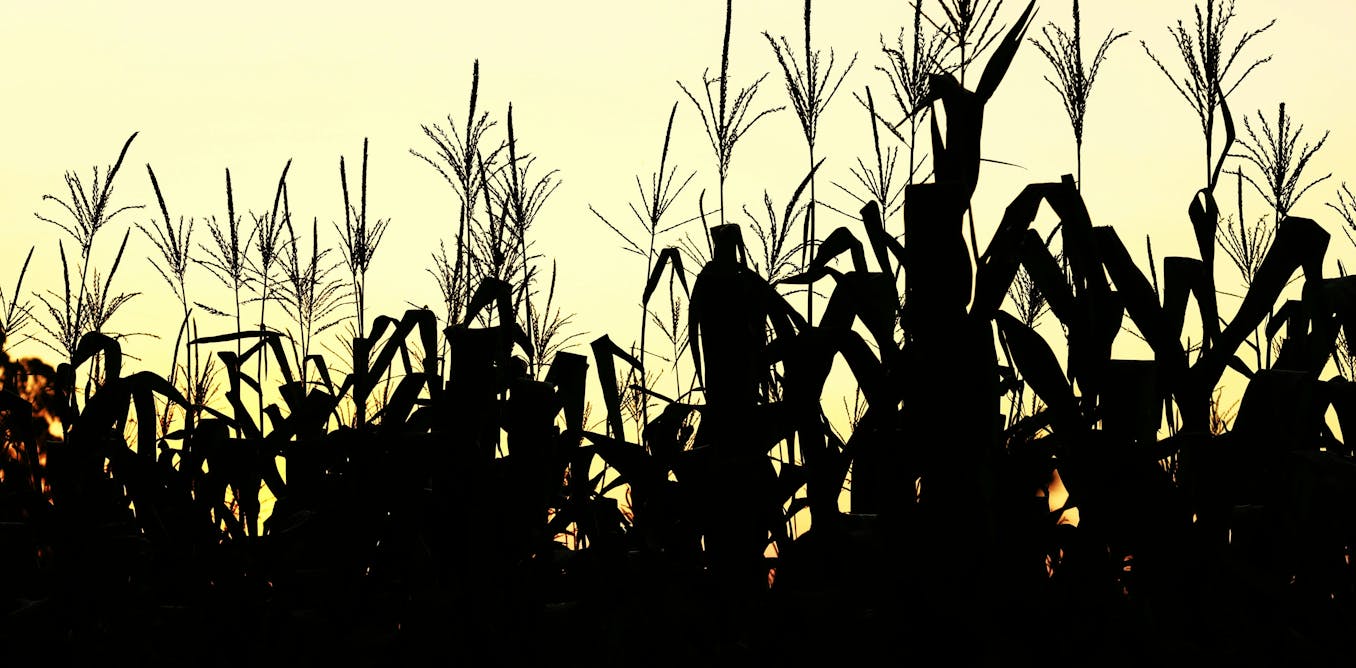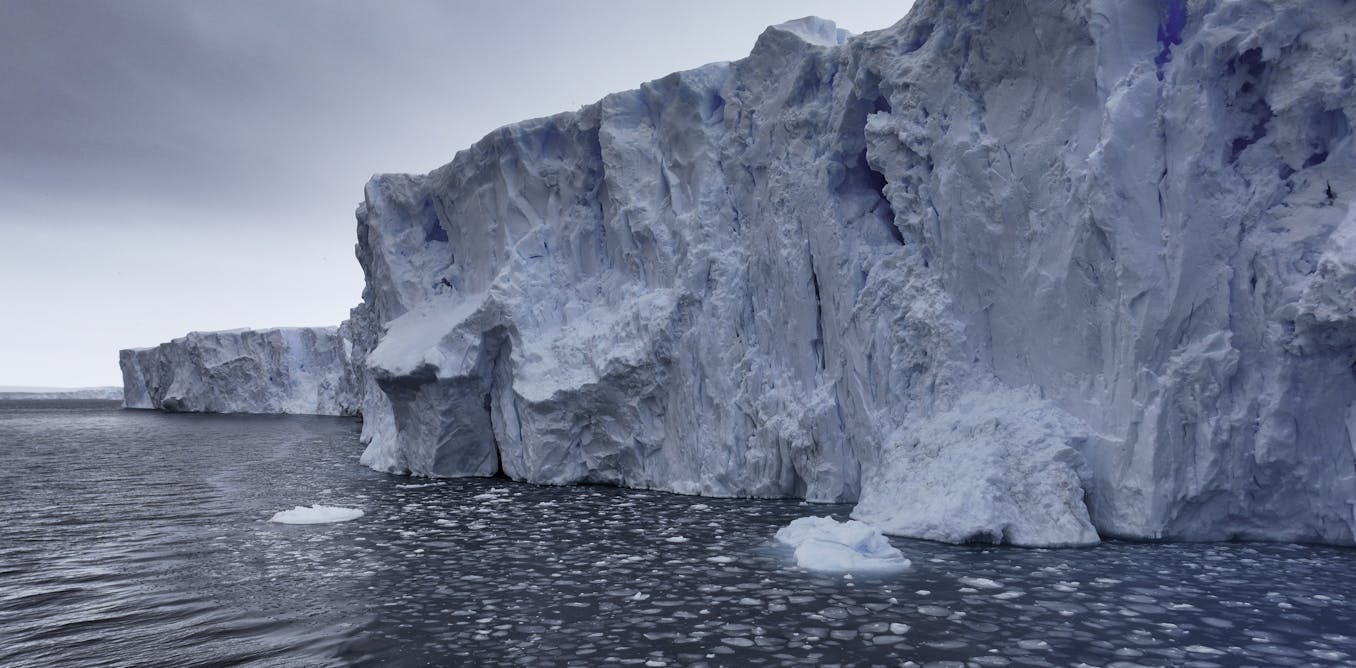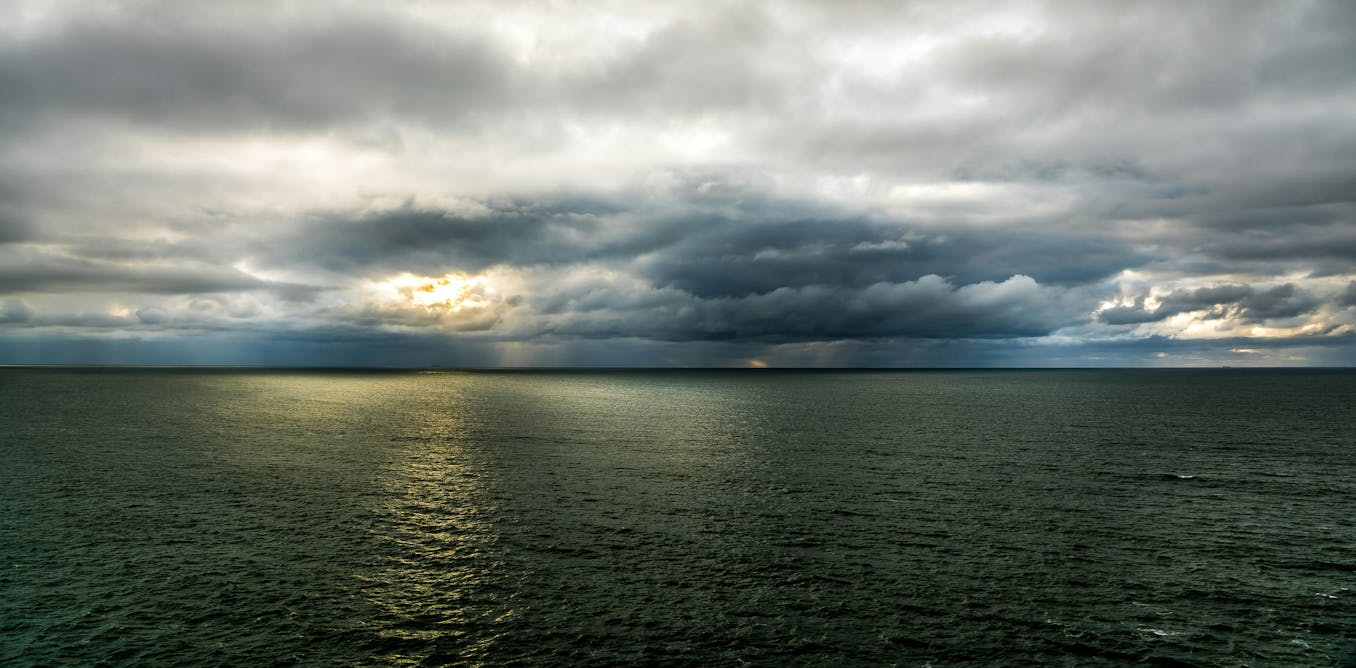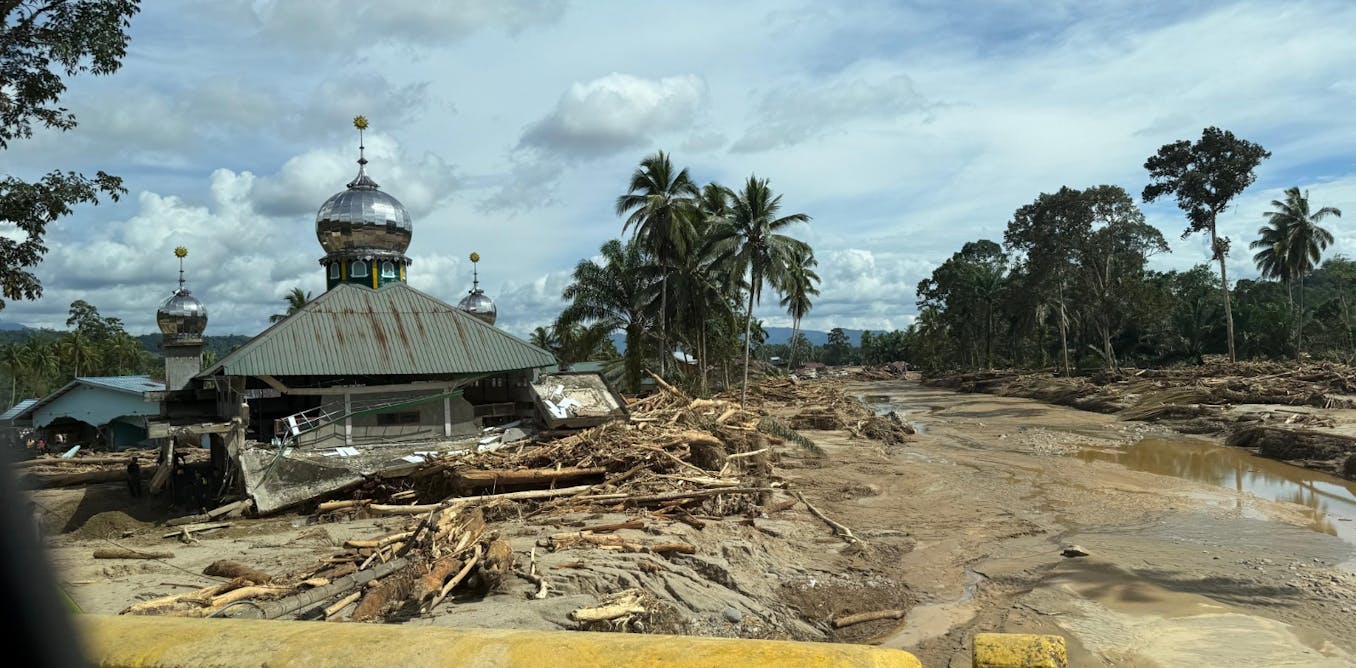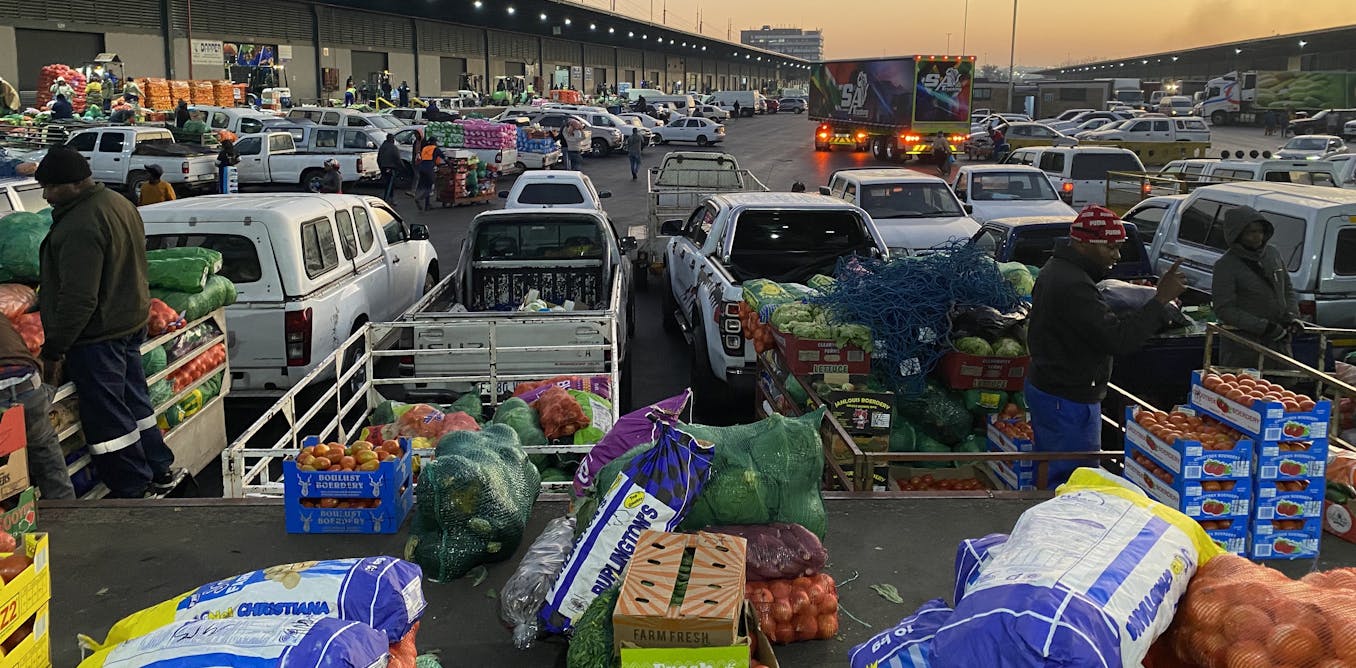Land of Ice and Snow (Full Episode) | Wild Nordic
Land of Ice and Snow (Full Episode) | Wild Nordic takes viewers on a captivating journey through the Arctic Circle, showcasing the stunning landscapes and unique wildlife of Norway, Sweden, and Finland. The episode starts in the Svalbard Archipelago, where the majestic polar bears hunt for food on melting ice floes, creating a perilous environment for walruses and seals. The narrative then moves to the North Cape Monument, the northernmost point of mainland Europe, and explores the diverse flora and fauna of the region.
The Lofoten Archipelago provides a breathtaking backdrop for the puffins’ breeding season and the annual ritual of grayling egg-laying in the pristine waters. It also features the exhilarating sport of Arctic surfing, where enthusiasts brave freezing temperatures and unpredictable waves.
As summer wanes and the days grow shorter, the episode highlights the enchanting beauty of the northern lights and the exhilarating sport of dog sledding, showcasing the enduring traditions and resilience of the people and animals that inhabit the Arctic Circle. Land of Ice and Snow (Full Episode) | Wild Nordic offers a captivating glimpse into the remarkable natural wonders and cultural heritage of the Arctic region.
Watch the video by Nat Geo WILD
NARRATOR: In a faraway place, there’s a magical time when the sun never sets. Now, way up north, take a giant leap… ♪ ♪ …and swoop through Scandinavia’s Arctic Circle for a season of sunshiny days. Norway. Sweden. Finland. But be quick. The light, bright magic doesn’t last long… …at the top of the world. ♪ ♪ ♪ ♪ ♪ ♪ Svalbard Archipelago. This is inside the Arctic Circle and as far north as Norway gets. It’s the kind of place most people think of when they hear “Arctic.” ♪ ♪
Svalbard is a cluster of extraordinary islands and icebergs full of life. ♪ ♪ Female walrus have migrated north, preferring to chase the thick ice that they love so much. But the males stay here and look for places to hang out for summer.
Kicking back in Svalbard has its disadvantages for the males. They’re exposed to predators. Polar bears. ♪ ♪ ♪ ♪ This one has already killed a walrus. He’ll eat as much as 20% of his body weight in a sitting. Then, once it’s done, time again to look for fresh meat. Polar bears hold the title as the world’s largest land predators.
But in reality, they track their food on water– frozen water. They use the ice as a platform from which to hunt. Jumping from ice floe to ice floe. Now that most of the day has sunshine, their ice is getting thin. They can shake off a quick dip in the freezing water without fuss. So walrus and seals are right to worry when there’s a bear around. They have just one consolation. Polar bears don’t rest in winter like other bears.
But in summer, they may fast for months at a time. This is how summer plays out in this northernmost outpost of Norway. But travel south, and there’s more to the Arctic than you know. Svalbard is an outpost of Norway
in the country’s far north. But the Arctic Circle is much more, an invisible line that rings the top of the globe at 66 degrees, 33 minutes north. The Scandinavia section covers about 150,000 square miles. And it’s topped by the North Cape Monument,
the northernmost point of mainland Europe. This is the end of the earth. The North Cape Monument sits atop a 1,000-foot-high plateau and looks out to where the Atlantic meets the Arctic Ocean. ♪ ♪ ♪ ♪ Everywhere in the Arctic Circle
just had at least a month of perpetual darkness. But in February the light returns. And now you can see the northernmost points of Scandinavia’s mainland. At the very bottom of the Arctic Circle, spring has already cleared the snow from the peaks.
Here in Norway, the Arctic becomes… a hiker’s paradise. ♪ ♪ This is the Lofoten Archipelago. Several hundred remote islands. ♪ ♪ ♪ ♪ Cliffs to the north are an annual summer retreat for one of the strangest creatures in the Arctic. Around 160,000 puffins vacation here for a couple of months every year. Summer is the puffins’ breeding season, when they get to know each other. They build nests in rock crevices and in holes among the stones.
And of course, fill up on fish. ♪ ♪ ♪ ♪ They are capable flyers, and even better swimmers. And puffins are one of the few birds that can hold many fish in their beaks at once.
Their raspy tongues give them just the right kind of grip so they can bring back fresh fish for their young. Puffins usually mate for life, and both parents will share the responsibility of caring for their young. Similar to penguins,
the flightless birds of the other pole. But despite their similar colors, they are not related. The puffins’ bright-colored bills match their feet. But only during the mating season. Before summer is done, they’ll shed that colorful outer layer
and head back out to sea with smaller, dull-colored beaks. While they don’t mind chatting up a storm now… …once at sea they remain perfectly silent. Meanwhile, some of the fish they like to hunt have their own summer plans. ♪ ♪ Millions head inland along the great waterways of Scandinavia’s Arctic. ♪ ♪ They return from the ocean and charge upstream.
Among them, grayling. These are relics of the last Ice Age, and they perform an annual ritual of frenzied egg-laying. Here, two males flank a female. And both try to fertilize her eggs at the same time. ♪ ♪ ♪ ♪ ♪ ♪ ♪ ♪ ♪ ♪
The volume of life in these pristine waters during summer attracts fishermen from all over Scandinavia. ♪ ♪ The Tana River is one of the few places where they can still use nets. Sometimes following the traditional methods
of the Sami people who’ve lived here for at least 2,000 years. ♪ ♪ ♪ ♪ Around the world, summer signals a time for water sports. And the Arctic Circle is no different. The potential thrills outweigh the chills for Arctic surfers. ♪ ♪ ♪ ♪
The waves roll in all the way from Greenland. It’s the most reliable surf in Northern Europe. And that makes it a magnet for die-hard board riders like local Tommy Olsen and his son. TOMMY OLSEN: You have these point breaks,
Which in surfing terms is like really good. The wave breaks all the time on the same spot. Normally have, like, one or two, but here you have, like, three point breaks and also a beach break. NARRATOR: The Gulf Stream keeps this Arctic water
between 46 and 58 degrees year round. But the air temperature can easily dip below freezing. ♪ ♪ ♪ ♪ For Tommy, the chill and the challenge is worth it. TOMMY: It is quite unique. You know, the waves are really world-class waves. ♪ ♪ ♪ ♪
But the thing is the backdrop, the scenery, is it’s really different from other surf spots. NARRATOR: People have come from all over the world to surf here since the ’60s, and Lofoten has the world’s northernmost surf schools. There are two of them in town.
The surfers ride as long as there are waves and light. ♪ ♪ And up here, the sun in summer can shine 24 hours a day. ♪ ♪ This endless summer makes up for that time of year when the lights once again go off.
Ice and cold take over the land as early as August. ♪ ♪ The days get shorter; 15 minutes less light every day. And that makes what Arctic surfers do next even more amazing. NARRATOR: Arctic surfers still find their way to the waves even as summer wanes. Now at night they can be guided
by the beguiling green of the northern lights. It’s the kind of magic you can only find near the poles. ♪ ♪ ♪ ♪ On the ground the Arctic Circle is marked by little more than an occasional road,
and this visitor’s center that stays open until the beginning of October. When the roads and paths become clogged with snow, and the trees become ice sculptures, it’s time to release the hounds. ♪ ♪ ♪ ♪ Dog sledding is popular across Scandinavia, and races are the Arctic Circle’s Grand Prix. Perhaps even more grueling. Some of the events cover more than 700 miles and last for five or six days. Training for such marathons begins as soon as the snow sets in, even if it’s still technically summer. ♪ ♪ ♪ ♪
Eight dogs to a sled, and they run as smooth as silk. ♪ ♪ This mode of transport has been around for at least 1,000 years. Roald Amundsen, the Norwegian explorer who became the first person to reach the South Pole, achieved his epic journey
thanks to such hard-working canine companions. ♪ ♪ ♪ ♪ ♪ ♪ ♪ ♪ ♪ ♪ When it’s all done, the reward is a release from the harness. ♪ ♪ ♪ ♪ ♪ ♪ The only mush now is dinner. ♪ ♪ ♪ ♪ The sled drivers are a diverse group. But the dogs must be built for Arctic extremes.
♪ ♪ So much so, that these breeds happily live in their outdoor kennels year round, no matter the weather. ♪ ♪ ♪ ♪ The wild animals in the Arctic Circle don’t have the luxury of a kennel.
And in this world of white, they stand out. ♪ ♪ An orderly line of reindeer heads north at the end of summer. ♪ ♪ ♪ ♪ As they roam, they look for patches of lichen or moss to dig up from beneath the Arctic snow. The sun may look like it’s setting. But up here in early autumn, this is what passes for midday. ♪ ♪ In about a month, the sun won’t rise at all. And this whole wonderland will plunge into a month of darkness.
Before that happens, there’s work to do. NARRATOR: The Sami people of northern Norway have herded reindeer here for at least 1,000 years. ♪ ♪ ♪ ♪ ♪ ♪ MAN: It’s not so much of a job, it’s more like a lifestyle. Herding the reindeers, you get like a deep connection
To the nature and a respect for the nature. ♪ ♪ ♪ ♪ ♪ ♪ ♪ ♪ NARRATOR: Now with the help of machines and dogs, they give the animals a nudge in the right direction, through temperatures of minus 40 degrees.
MAN: Somehow the reindeer actually doesn’t even mind the cold weather. The reindeer has a special kind of hair. It’s like a pipe that has holes in it, and it insulates much better than other types of hair on other animals. ♪ ♪ ♪ ♪ ♪ ♪ NARRATOR: All summer
the reindeer have been free to graze. Now the Sami round them up for a twice-annual check-up. They’ve covered 20 miles today to get this sea of antlers into a corral. And now they’re nearly there. ♪ ♪ ♪ ♪ ♪ ♪
MAN: When we start moving the reindeer herd to the corrals, a lot of family members and friends come and help us. NARRATOR: It looks like midnight, but it’s only around 5:00 in the afternoon. As the reindeer run in a circle, the herders size them up
and separate them into different groups. Some will get veterinary care. Some will get ear tags or collars for tracking. Others will be sectioned off for market. Reindeer skin, horns and bone are all important products for the Sami people,
and they’ve traditionally depended on them for survival. ♪ ♪ And the story goes, there’s another traditional use for reindeer. ♪ ♪ Reindeer sleds in this part of Finland lead to one place. A tiny hamlet famous for one resident. ♪ ♪
This is Santa Village, with everything Christmas inside, including Santa. It’s a tourist not-so-hot spot, open all year round, for those who just can’t wait for December. Finding a warm place to stay after summer can be a challenge.
But since 2008, there’s been the option of the now world famous 30-room-large snow hotel. ♪ ♪ ♪ ♪ Starting in early September, artists rebuild the accommodations by packing snow into blocks. ♪ ♪ They have supersized the idea of a traditional igloo.
The cocktails at this bar are all served chilled. Dining area. Bedrooms. Even a chapel. All sheltered from the outer elements and kept at a relatively toasty temperature just a few degrees below freezing.
These are the creature comforts of the Arctic Circle. But outside, it’s more about the creatures. They have their own ways of coping with the chill of autumn. And some of them are downright deadly. NARRATOR: Up in the Arctic Circle, lynx seem to welcome the early snow. And they are well built for it. Their long legs and wide webbed feet allow them to move quickly across the powder. ♪ ♪
And it takes more than a light snow to chill them through that thick fur. ♪ ♪ ♪ ♪ By autumn, the spring kittens are big enough to keep up with mom. ♪ ♪ ♪ ♪ But make no mistake about who’s still in charge. Especially when Mom’s found a scrap of squirrel. ♪ ♪ They’ve spent their summer being nurtured by her. But no more. ♪ ♪ ♪ ♪ That’s lynx for “Wait your turn, Junior.” One day these twins will be just as assertive with their own young. Until then, they can practice fighting with each other. ♪ ♪ ♪ ♪ These kittens are fully weaned,
but may stay with their mother for another year. When they finally head out without her, they may stick close for a few months, working together across the Arctic landscape, and even up the trees. ♪ ♪ ♪ ♪ ♪ ♪
Eventually, though, they’ll separate entirely and lead the solitary life of a lone predator, searching for food in the wild north. If they become very good hunters, there are plenty of menu options out here. ♪ ♪ Reindeer shelter among the trees.
Summer was easy pickings. Now they must search hard for new places to rest or graze. ♪ ♪ When they catch a sniff of danger, they have a plan. ♪ ♪ They use a nearby frozen-over river like a freeway.
They are able to move fast through the terrain. And just as well. They run for a reason. Not far behind, a small pack of Arctic wolves. Wolves are the second largest predator in Western Europe. Only bears are bigger. ♪ ♪ ♪ ♪ Packs can be 30-strong. Three is small. But that’s more than enough to take down a straggler.
The young and the weak are their specialty. Wolves can easily cover 12 miles a day. And the reindeer have made it easier for them, creating trails through the snow. As they go, they mark their territory with urine and sometimes feces.
For wolves, this is a form of communication: “Interlopers beware.” Today the reindeer have the upper hand. And the pace of the chase is not worth it. Summer was good to this wolf pack trio. No need to push it just yet.
The wolves take a break. ♪ ♪ They are fearsome Arctic predators. And even the giants up here must try to stay out of their way. NARRATOR: This moose mother and her year-old calf search for food in Norway’s Arctic Circle. ♪ ♪ ♪ ♪
Their cloven hooves spread widely to support them over the soft snow. Those long legs can carry them through rough terrain. Yet they can move as quietly as a cat. It’s an extraordinary achievement for their size,
but important in helping them to avoid predators. Summer is over and the pasture is buried. But there’s plenty of light and still a lot to dine on. They live on lichen that grows on trees. ♪ ♪
If they can, they’ll also stretch their powerful necks upwards to grab pine needles. But it’s the nibbling of the nether regions that got them their name. “Moose” is derived from “moosh,” a Native American word that means “stripper and eater of bark.”
♪ ♪ ♪ ♪ Vacation time is over. But there’s still a couple of months before the creatures of the Arctic Circle are plunged into darkness. They must work with what light they have left.
Every week, the days grow shorter by more than an hour. ♪ ♪ White-tailed eagles were nearly pushed to extinction throughout the region. But they’ve been able to keep a toehold along the coast. ♪ ♪ Norway has the highest density
of white-tailed eagles in Europe. ♪ ♪ With good light, it’s a fish-finding frenzy. ♪ ♪ ♪ ♪ Not all the fish here are such hard work. ♪ ♪ ♪ ♪ Eco-safari guides like Trygve Steen serve up the sushi
as fishermen have done here for hundreds of years. Visitors can get a close look at some of this area’s 300 nesting couples. ♪ ♪ TRYGVE STEEN: It’s a majestic bird, indeed. Also an unpredictable bird. They are able to make their own choices. ♪ ♪ ♪ ♪ ♪ ♪ ♪ ♪ ♪ ♪ NARRATOR: Some of the white-tailed eagles from Lofoten have been captured and relocated to bolster populations elsewhere in Europe and the U.K. That’s helped spread the word and made this area a hot spot for bird-watchers. ♪ ♪
♪ ♪ The fish they snatch are herring. And Norway is famous for the millions of herring that migrate through here every autumn. Fishing trawlers wait for them. So, too, age-old predators. The birds signal the catch is good. Soon enough, around the boat…
giants. Humpback whales come in to take their share. The fishermen tighten their nets to haul in their catch. But inevitably some herring escape. And the humpbacks swoop by to collect them. Each of these giants can be more than 50 feet long
and weigh up to 40 tons. And they can eat a ton of food a day. Sometimes large amounts of the tiniest creatures, like krill. Other times, like here, scraps of herring do just fine. ♪ ♪
This feast is too rich for just one whale species to enjoy. ♪ ♪ The fjords of Norway plunge steep and deep into the sea. So orca don’t mind coming in close to land. They stand out in a crowd with pectoral fins
that can be more than six feet high. These social creatures can travel in pods up to 30 strong. ♪ ♪ ♪ ♪ They join their humpback cousins for the feast. And if two mammal species swimming for their supper here isn’t enough, don’t worry.
Here comes a third. NARRATOR: While the rest of Scandinavia may be hunkered down preparing for winter and its darkness, the sea is where you can still find a hearty meal. The Gulf Stream keeps the water around the fjords virtually ice-free.
That’s what brings in the fish and the divers. BORJAN DYRENES: We’re really, really, really lucky to live in this place on the earth. We have the Gulf current hitting the shore here. The water is constantly between 15 and 6 degrees Celsius,
And the nutrition of the water here, it has a really rich life, both for mammals and for fish. NARRATOR: Borjan Dyrenes and his dive buddies use modern gear and can stay in the water for a few hours without getting too cold.
They seek out flatfish, pollack, haddock, and especially cod. BORJAN: We’re planning each dive before we go into the water. What kind of fish do we want to look for? Everything, like, in the sea comes really close to you, especially when you’re a freediver. ♪ ♪
NARRATOR: Freedivers don’t use tanks, but can hold their breath for several minutes at a time. BORJAN: You have to keep all your senses open, because the fish senses you, you know, and your excitement. And it triggers all your instincts when you go in the water. ♪ ♪
NARRATOR: In the 1960s, there was a push to make spearfishing an Olympic sport. That failed, but the fish here continue to attract divers. BORJAN: You can catch fish all year here, and there’s probably plenty enough fish to feed my whole family
And the neighbors and their neighbors again. So I shoot a lot of fish here and I give them away to my neighbors, I give them away to my family. Yeah. It’s really nice, really nice. ♪ ♪ ♪ ♪ NARRATOR: The biggest fish come to the lower regions
of the Arctic Circle in winter. But one of the strangest-looking species never leaves, no matter how dark it gets. ♪ ♪ The vibrant Atlantic wolffish, or sea wolf, resembles an eel, with one long fin down its back.
But its real magic is on the inside. The wolffish produces a kind of antifreeze for its blood so it can live in the icy Arctic all year round, even now in the depths of winter. It dines on shellfish and starfish and the like,
which it can rip into with savage teeth. They are one of the few fish to have both parents care for their eggs. They guard them for several months until they hatch. Their home here in the Arctic Circle is also unique.
It’s the world’s largest known cold water reef. With all this color, it’s hard to believe it’s been dark up top for more than two months. Except perhaps for the returning shimmer of the northern lights. ♪ ♪ ♪ ♪
Then, once again, a glimmer of sunlight. And warmth starts to melt the snow. These extremes of the Arctic Circle force humans… and creatures… …to toughen up. They must adapt to conditions… …and embrace hardship. But once a year, like magic… The veil of darkness lifts throughout the region. The ice melts away. And the Arctic has come full circle. Time again to decide how to spend your summer vacation. ♪ ♪ Holidays in the Arctic are short. But that’s why they may be more prized here than anywhere else on the planet. ♪ ♪ Captioned by Side Door Media Services
About Nat Geo WILD
National Geographic Wild is a place for all things animals and for animal-lovers alike. Take a journey through the animal kingdom with us and discover things you never knew before, or rediscover your favorite animals!
Video “Land of Ice and Snow (Full Episode) | Wild Nordic” was uploaded on 06/17/2021 to Youtube Channel Nat Geo WILD








